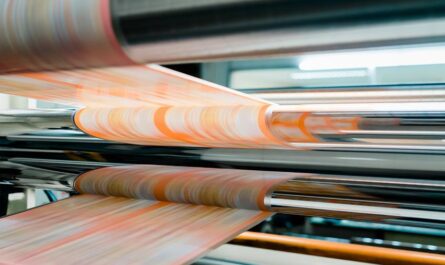Plastic water bottles have become ubiquitous in today’s world. Over the past few decades, the plastic PET (polyethylene terephthalate) bottle has emerged as the primary packaging format for bottled water and beverages worldwide. In this article, we will examine the rise of PET bottles and explore their environmental and social impacts.
It provides an ideal material for single-use beverage bottles due to its properties – it is lightweight, transparent, and has a high melting point which makes it suitable for hot fill applications. In the 1970s, companies began manufacturing clear PET bottles for carbonated soft drinks and other beverages. The bottles were popular with consumers and retailers as they provided visibility of product and ease of transport compared to glass.
Rise to Dominance
In the 1980s and 90s, as concern grew regarding plastic waste, producers touted PET bottles as a recycling solution. Many municipalities set up curbside recycling programs that included PET. This helped increase acceptance of plastic bottles among consumers concerned about the environment. At the same time, the bottled water craze was taking off in North America and Europe. Brands marketed the convenience and perceived purity of bottled water, driving exponential growth. PET bottles were well-suited to fill this need. By the late 1990s, PET had become the number one plastic resin produced for packaging in the United States. Today over one trillion PET bottles are sold worldwide annually.
Environmental Impacts of PET Production
While PET bottles may seem lightweight and recyclable, their production does have environmental consequences that should be considered. The raw materials and process of making PET are fossil fuel intensive. Producing the plastic resin requires petroleum feedstocks which are used to make purified terephthalic acid and ethylene glycol. These chemicals are then polycondensed at high temperatures. The total energy required for PET production is considerable. Transportation of bottles for filling and distribution also contributes to greenhouse gas emissions. There are also concerns about leaching of possible contaminants from the polymer into bottled beverages over time.
Recycling Challenges
One of the benefits touted for PET Bottles is its potential to be recycled. However, the reality is more complex. While collection rates for PET have increased substantially, a significant percentage still ends up in landfills or as litter. Even bottles that are recycled frequently require reprocessing into lower-grade applications like polyester clothing due to issues with contamination. True closed-loop recycling back into bottles is challenging, as the polymer degrades with each melt. Most municipal recycling programs are also not financially self-sustaining without subsidies. Overall recycling rates for PET bottles remain relatively low, between 20-30% globally. More needs to be done to improve collection infrastructure and education if the recycling promise of PET is to be fully realized.
Alternatives to PET Bottles
With growing public concern about plastic pollution, there is increased interest in alternatives to PET bottles. Reusable glass and stainless steel bottles have seen a rise in popularity as consumers look for more sustainable options. Companies are also exploring new more eco-friendly packaging materials like bioplastics derived from plant waste like sugarcane or wood pulp. These have the potential to be both compostable and recyclable. However, bioplastics are still more expensive than PET and widespread adoption will require increases in supply and reduction in costs. Non-plastic options also exist such as cartons, but have more limited applications for hot filled liquids. Overall the search continues for packaging that can match PET’s functionality with lower environmental impact.
Controversies Around Bottled Water
PET bottles have enabled and driven the multi-billion dollar bottled water industry. However, bottled water has become increasingly controversial from both an environmental and public health perspective. With the majority of plastic water bottles ending up as waste or pollution, their impact is immense. Producing billions of single-use PET bottles for what is essentially tap water also raises serious questions around the need for and sustainability of the bottled water model. Some critics argue bottled water companies are commercializing and privatizing our most essential natural resource for profit. Concerns over potential chemicals leaching from plastic bottles and the role of marketing in promoting fear of tap water quality have also been raised. Many public health officials assert that well-regulated municipal tap water is often of equal or higher quality than bottled. Bottled water represents a massive and growing source of plastic pollution worldwide with complex social and environmental trade-offs.
The PET plastic bottle has enabled unprecedented access to packaged beverages globally but not without significant environmental and social costs. While valued by consumers for its quality and convenience, the sustainability of single-use PET depends on major advances across its entire lifecycle from production to waste management. Alternatives exist but face challenges to scale. The controversy around bottled water in particular underscores the complex trade-offs between economic, health and environmental factors we must carefully consider as we work to provide safe, sustainable sources of fluids into the future. Greater public awareness, producer responsibility and policy support will all be needed if PET bottles and the industries they serve are to evolve towards higher levels of social and ecological responsibility.
Note:
1. Source: Coherent Market Insights, Public sources, Desk research
2. We have leveraged AI tools to mine information and compile it




